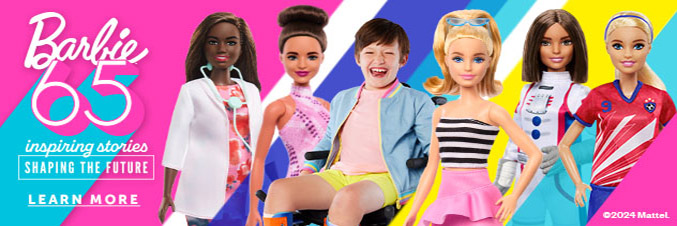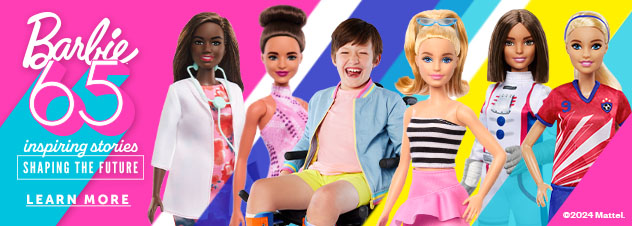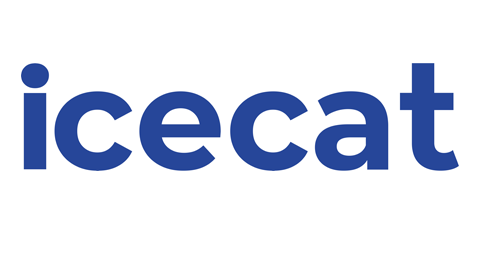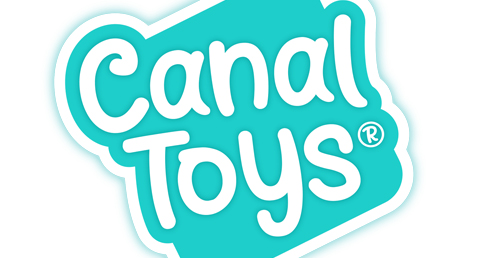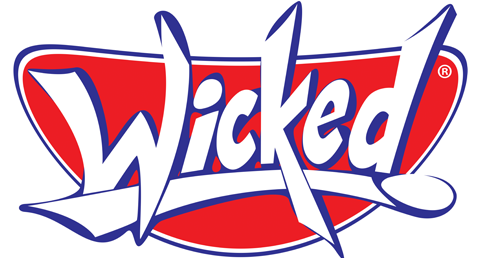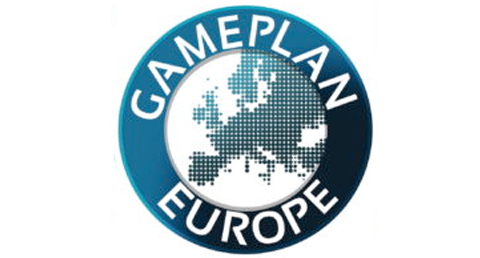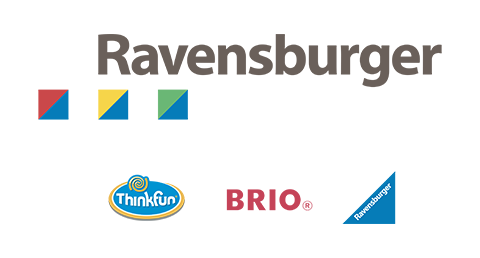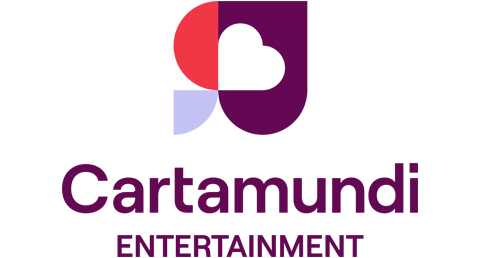Anyone with a passing interest in horse racing will be aware that this was Cheltenham week – although not a massive fan myself, I have very fond memories of the festival from the days of being a guest of GMTV. I also remember walking around Cheltenham in just short sleeves on several occasions, so the weather is a little late in turning this year.
Those were great days to be working with GMTV. In addition to lovely long lunches (where beer and wine may have been taken), we played football matches at Premier League grounds (ironic that I played on far more top-class pitches after I had given up playing than I ever managed when I was in my prime) and they threw the best parties in New York and Hong Kong. The New York events in particular were legendary – US toy executives looked on with envy as 100 or so Brits were picked up by stretch limos from the toy building and whisked off to mystery destinations like Carnegie Hall to be entertained and plied with copious quantities of food and drink.
GMTV had a sizeable marketing budget and by golly they were determined to spend it. What a contrast with today: many of the big TV channels, streaming platforms and entertainment giants appear to be in the grip of over-zealous bean counters, and have developed ‘short arms, long pockets’ syndrome (in some cases, the arms are so short they resemble a particularly challenged Tyrannosaurus Rex). This reluctance to spend especially manifests itself at a trade level. Securing trade marketing spend can be like pulling teeth (whereas GMTV used to claim their annual trade ad spend back on their expenses, as they considered it too trivial to bother putting it through the system). Many don’t exhibit properly at trade shows. Launch events, parties and other opportunities to entertain clients are a rarity. Even lunches (proper lunches I mean) are few and far between. Just like Amazon at a supplier level, the new media and licensing giants don’t seem quite as interested in forging close personal bonds with their trade clients and media partners as their historical counterparts. Everyone knew Clive, Mike and Simon at GMTV: like Kylie, Madonna or Elvis, even if you said just their first names, most people in the toy community would know who you were referring to. That personal touch seems like another era.
I attended a SuperAwesome breakfast presentation this week (at least some media operators are still pushing the boat out), and some of the facts and trends outlined during the event perhaps explain why media companies are behaving in the way they do. There was much talk about the concept of ‘hyper fragmentation’ – the idea of everyone, everywhere, all at once. Kids are apparently watching split screens and even screen stacking (using multiple devices at once). Once king, linear TV is now just one of a myriad of options for advertisers, who have to split their budgets across multiple platforms to reach the same number of kids that GMTV used to attract on a Saturday morning. Indeed, it seems that many kids would rather watch influencers play a computer game than traditional content, while here has been a huge drift to places like YouTube and TikTok (which is not only being used as a search engine by young children, but it is where the majority of crazes are now originating before they hit the school playground).
However, there are clouds on the horizon: there is serious talk of TikTok being banned in the US, after the House of Representatives passed a bill insisting its Chinese owner sells its controlling stake or face being outlawed. Whether that would be an isolated situation, or it would spill over to the UK and Europe is highly debatable – but taken in conjunction with the very real threat of 60% tariffs being introduced on Chinese made goods if Trump wins the election, a ban on TikTok would be another huge blow to the toy market.
Here in Europe, we have our own legislative hurdles to overcome. The European Parliament voted this week on the new Toy Safety Directive, which according to the Toy Industries of Europe organisation contains some worrying requirements. Among the most eye-catching clauses are restrictions on using naturally occurring ingredients in toys, which could mean that safe toys like crayons, paints and chalks would be banned. In addition, it will also make it extremely difficult to maintain the current exemption for the safe use of stainless steel, which is needed for outdoor toys such as trampolines, go-carts and the like. To add further complication, the proposed transition period is only 30 months, while online sellers from outside the EU can seemingly continue to flout the regulations without fear of prosecution.
Frankly, it is all a bit of a mess – but wait, could the UK choose to ignore these new regulations, as it is with the new battery rules? Is it like London buses – you wait eight long years for a Brexit dividend, and two come along in a matter of weeks? It’s all happened so fast that further digging on the whole subject is required – which rest assure we will be doing, so we can keep everyone up to date with what’s happening. And I am sure all the individual toy associations and organisations like the TIE will be pressing hard for changes and compromise at the next stages of the directive.
With talk of a ban on TikTok, tariffs on toys coming from China, misguided EU regulations and everything else, external pressures on the toy market continue to make everyone’s lives just that little more complicated than they need to be – and that is before we consider trading conversations and economic factors. So yes, it’s challenging – as everyone knows. But I asked someone this week whether they could remember a year when it was easy. When getting selections and orders was a stroll in the park? When everyone on both sides of the fence was happy with margins and terms, and consumers thought toys were a bargain and purchased them in droves? When getting deliveries into retailers’ warehouses was a breeze? When marketing to the consumer was straightforward and cost effective? When everyone started the year thinking “this year is going to be huge”? I’ve been at this game for over four decades, and honestly, I am struggling to place that golden year when the stars aligned. If you can remember when it was, feel free to enlighten me.
Alternatively, I guess we will have to do what we always do – face the challenges head on and hopefully overcome them. Sleeves rolled up, let’s get stuck in. Don’t let the bean counters and bureaucrats win.




